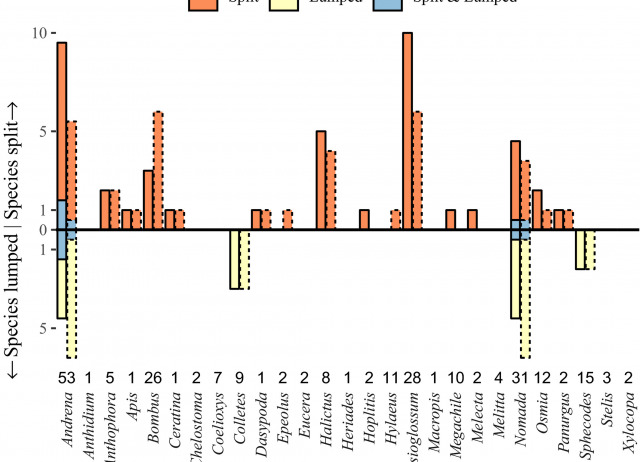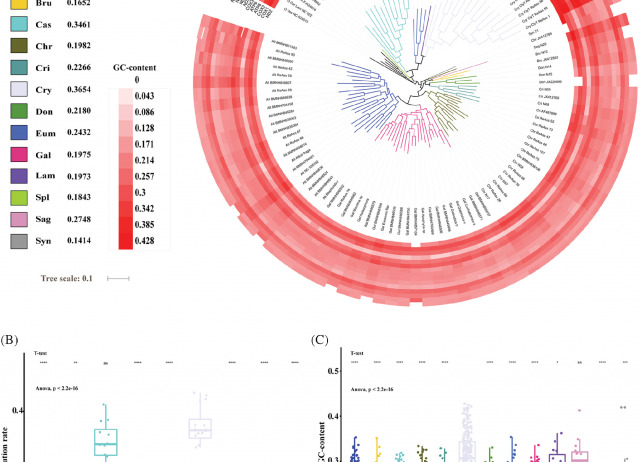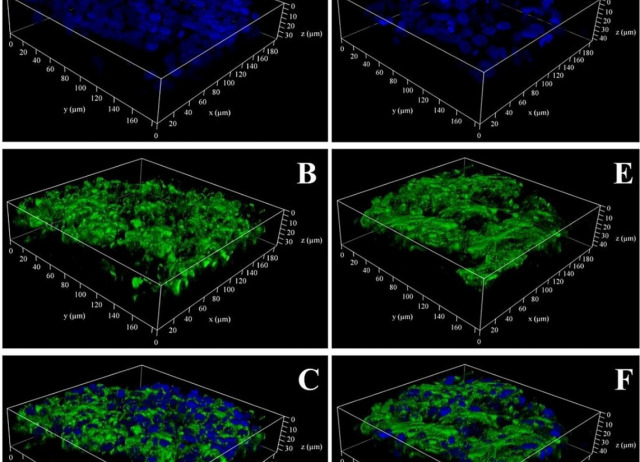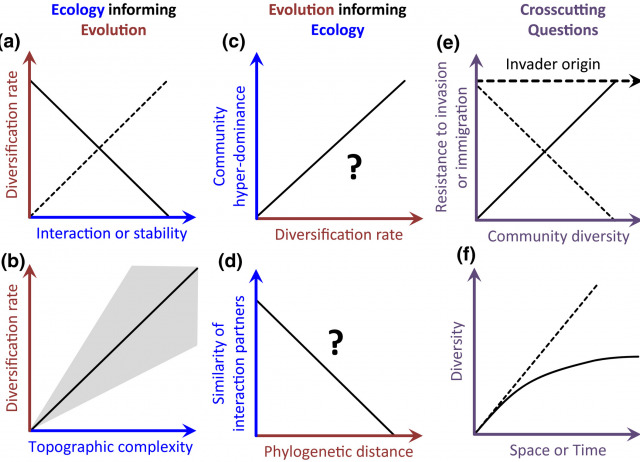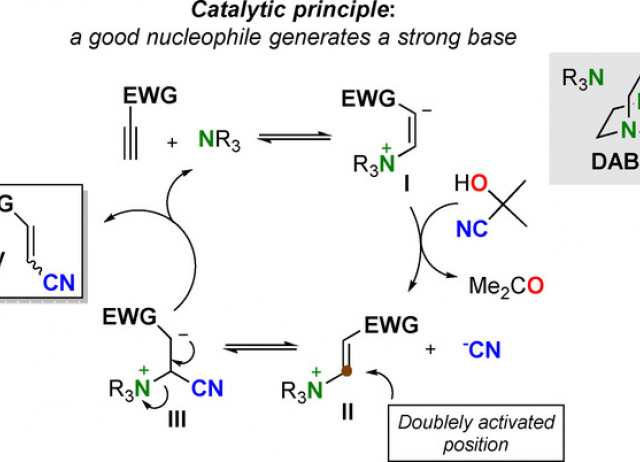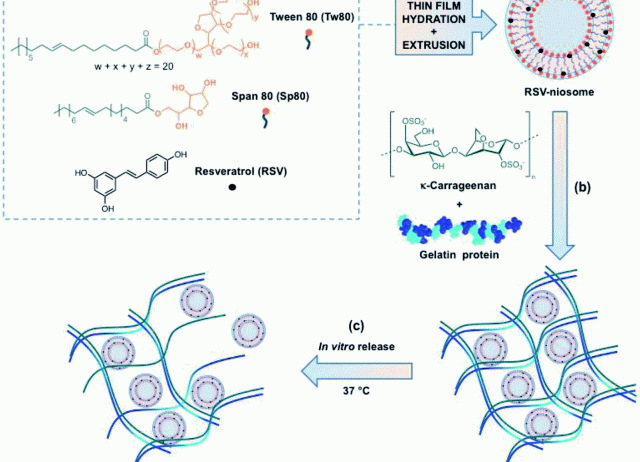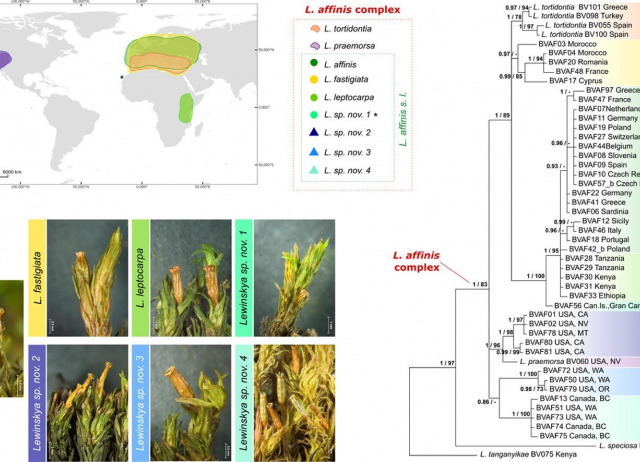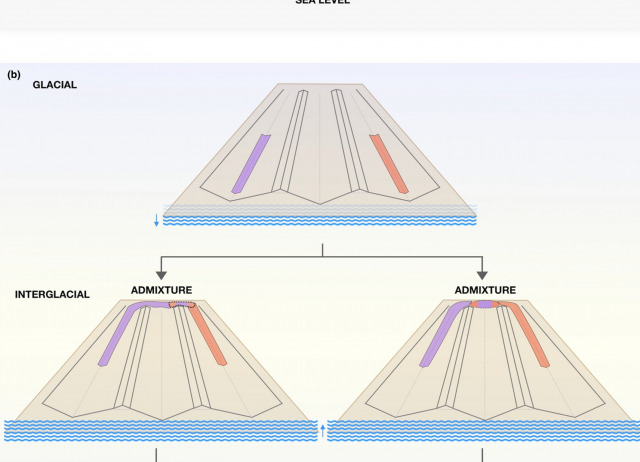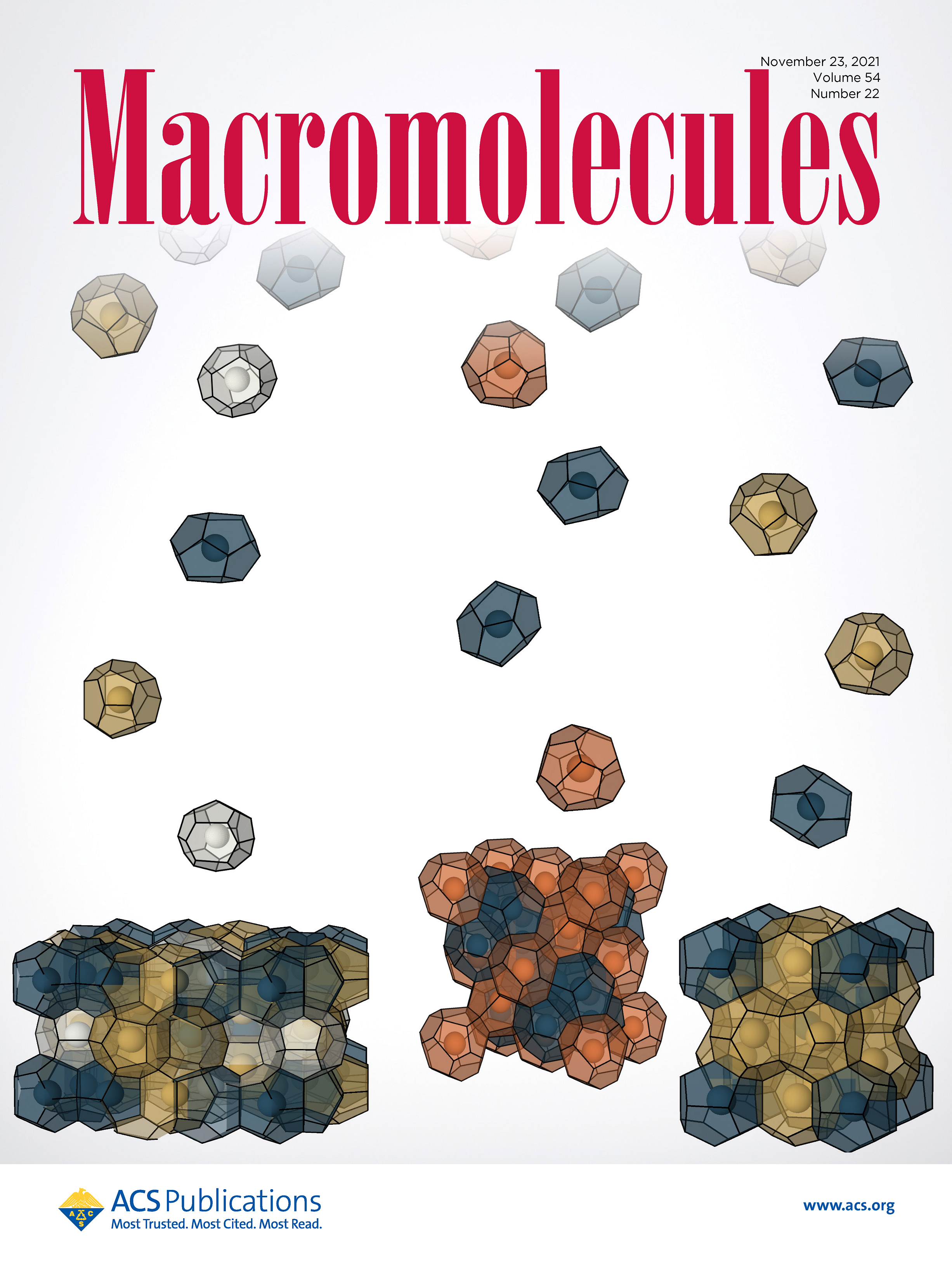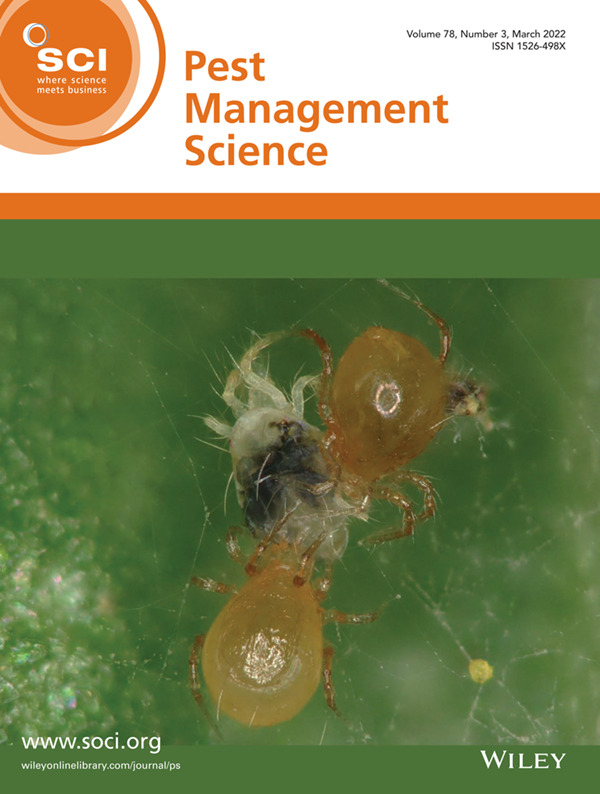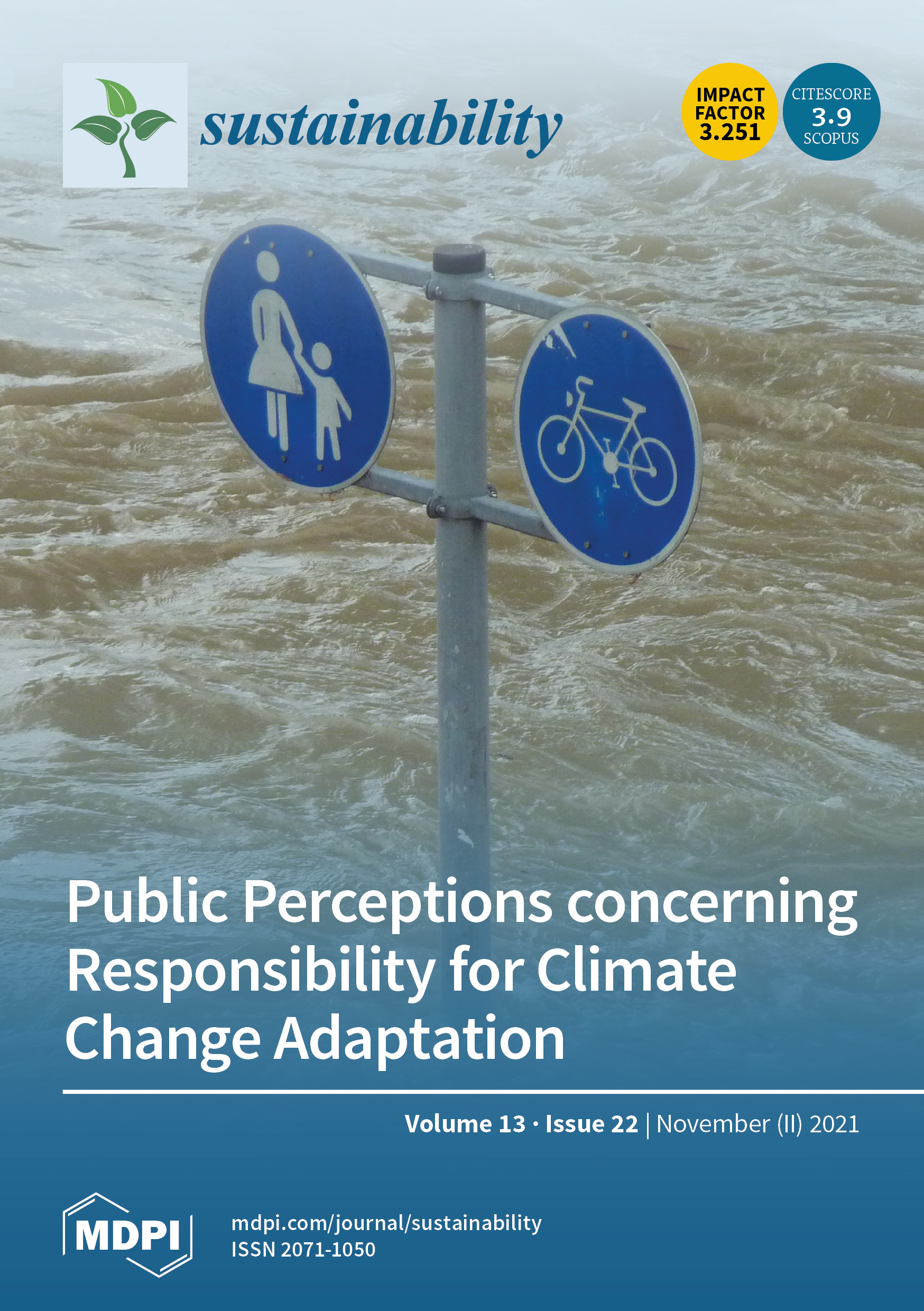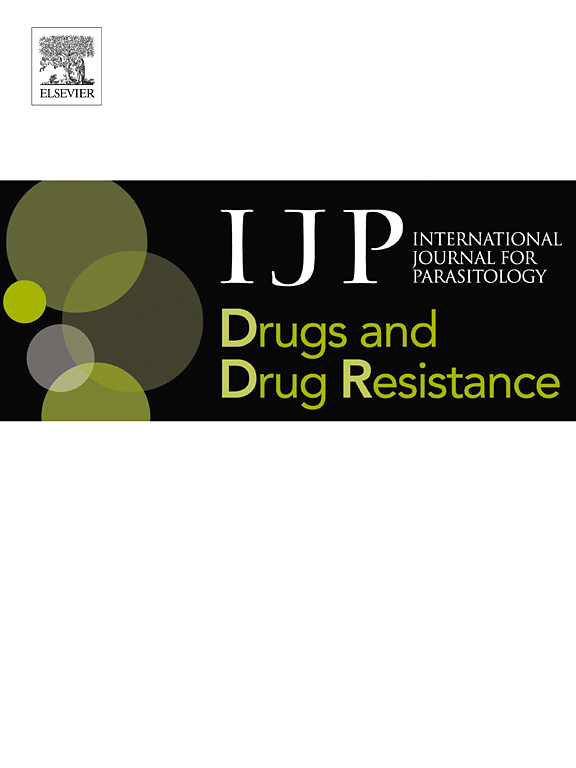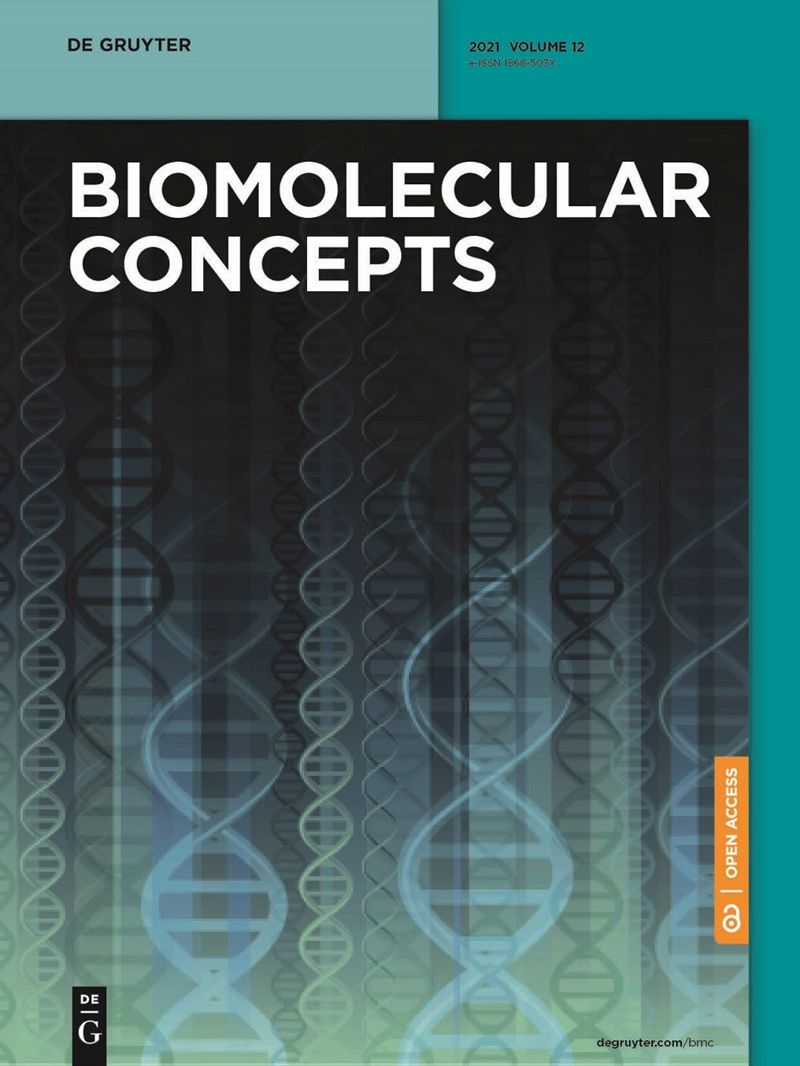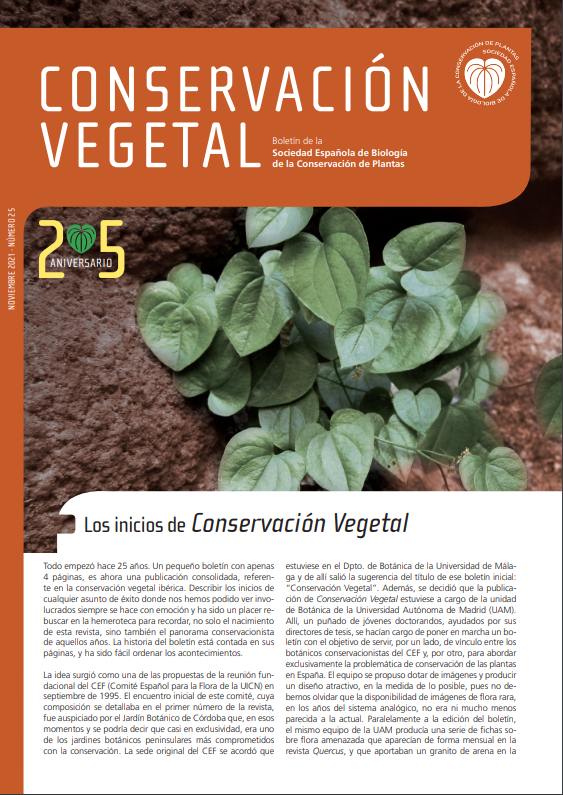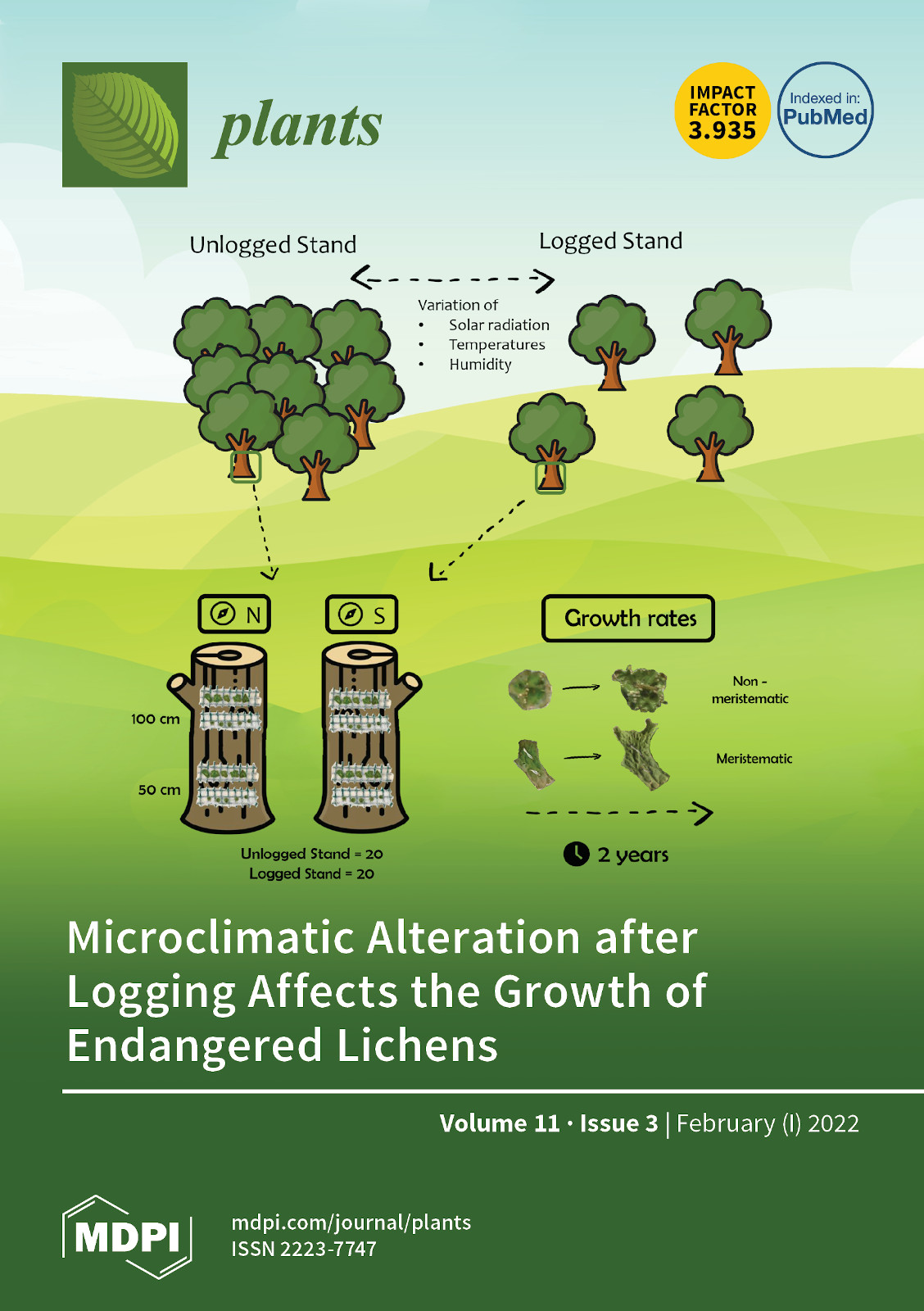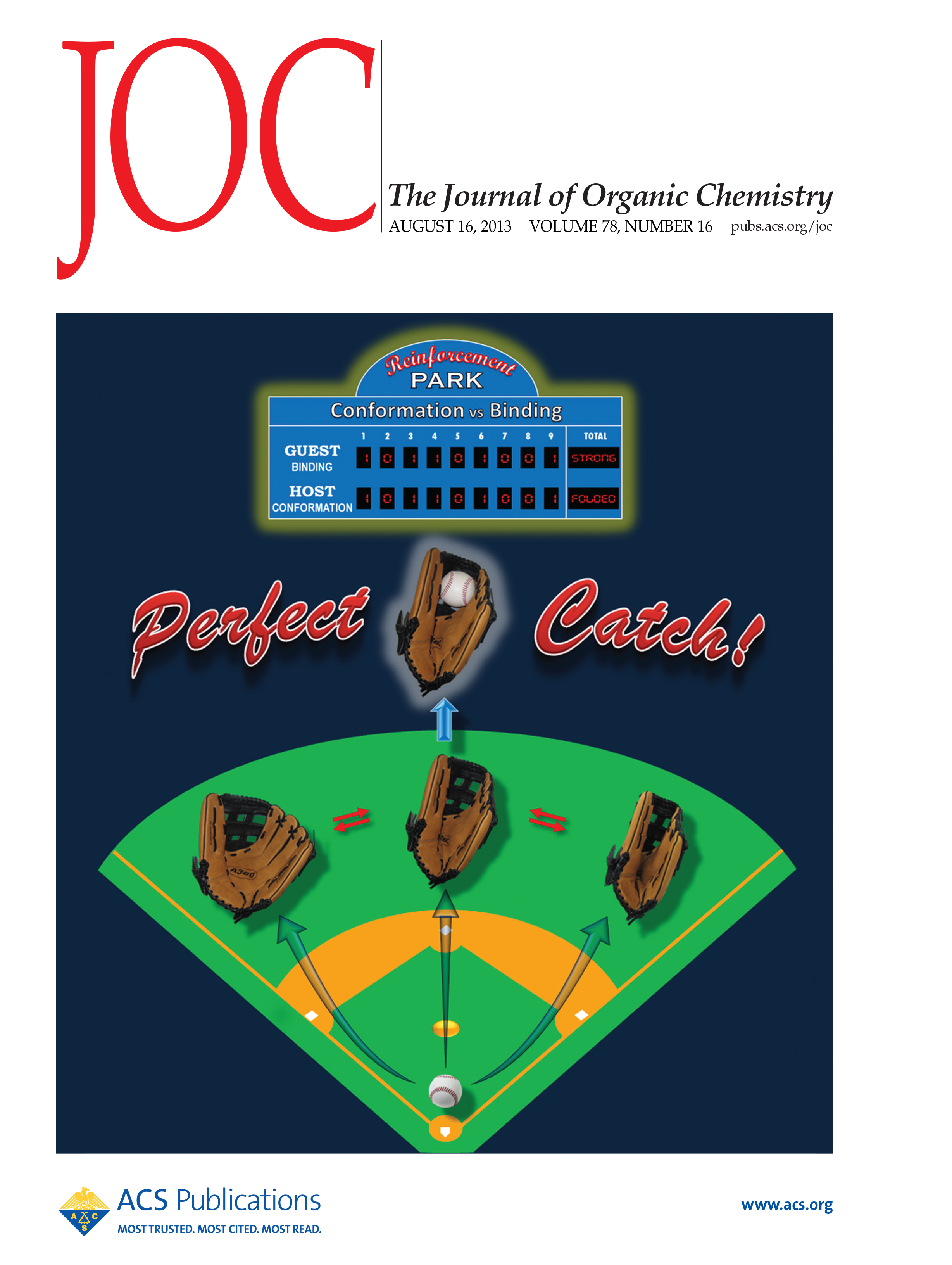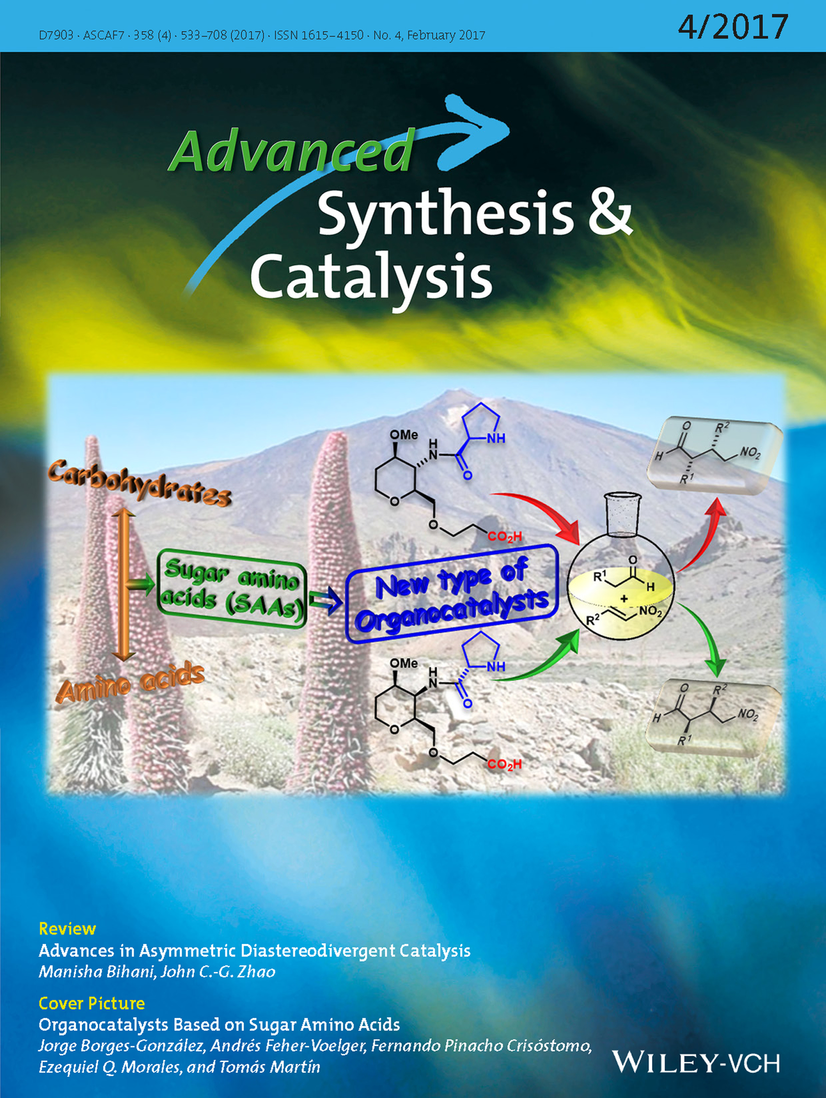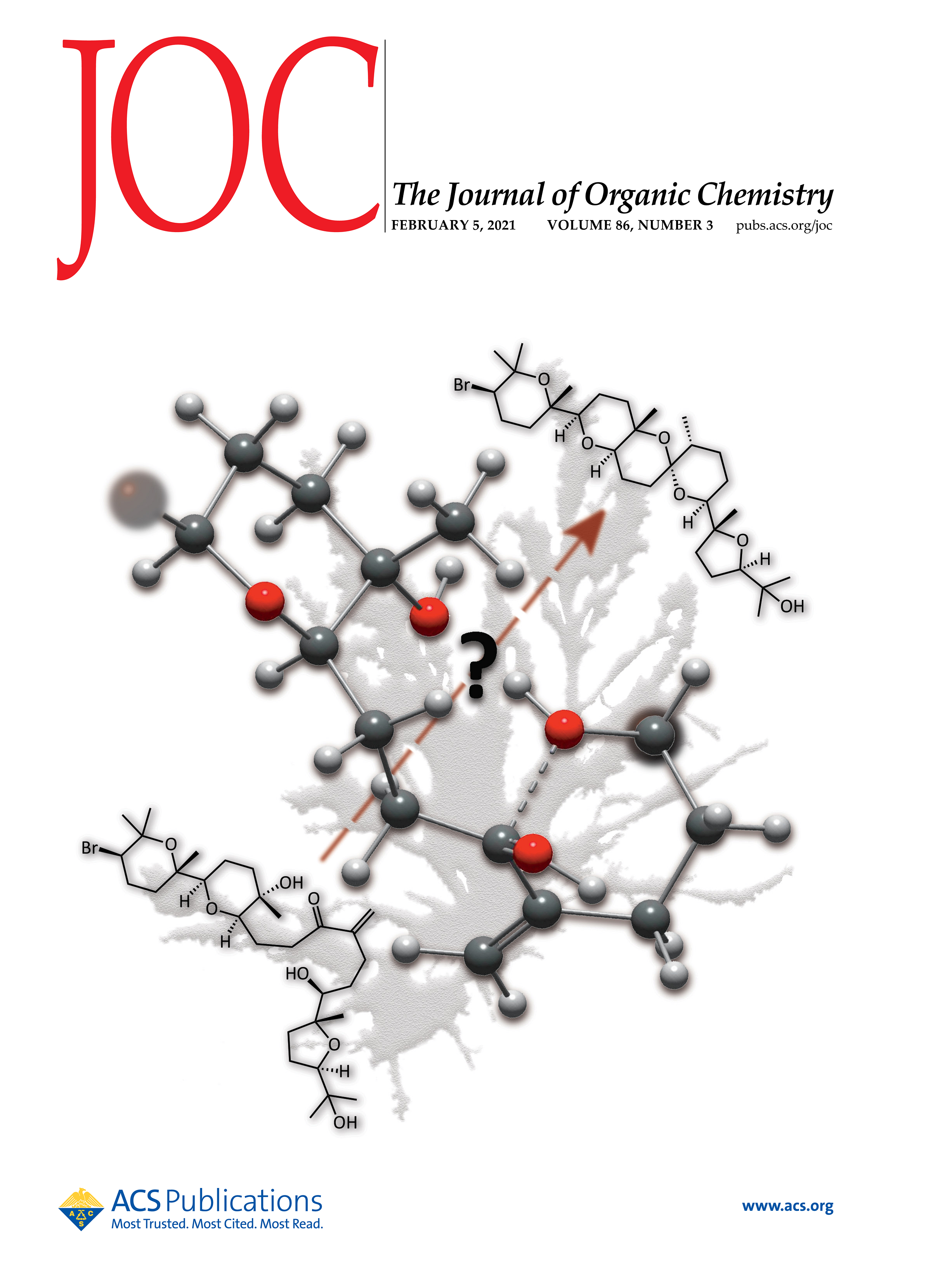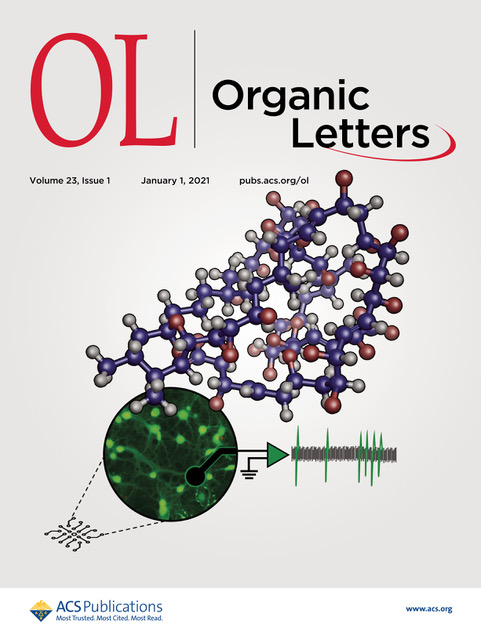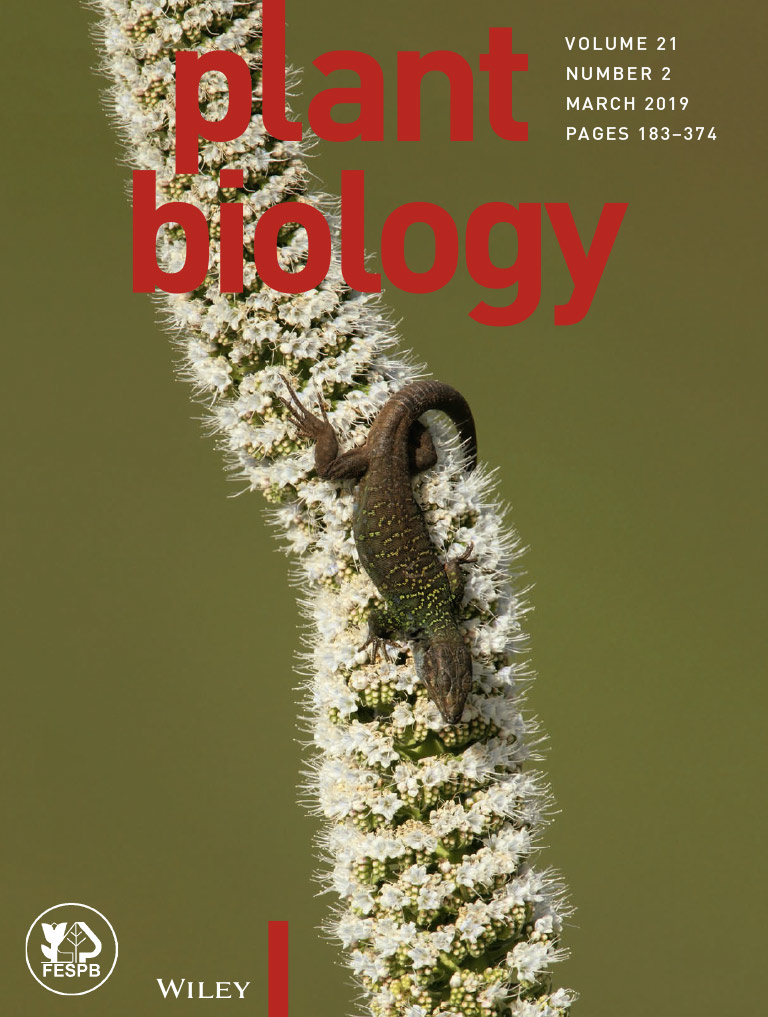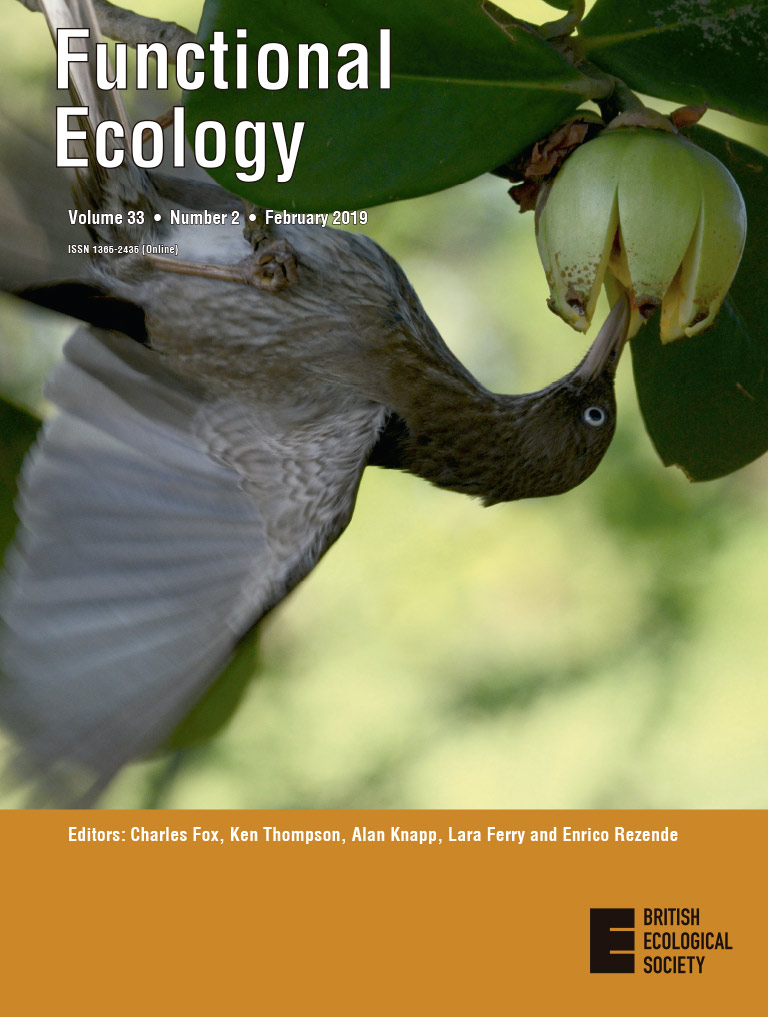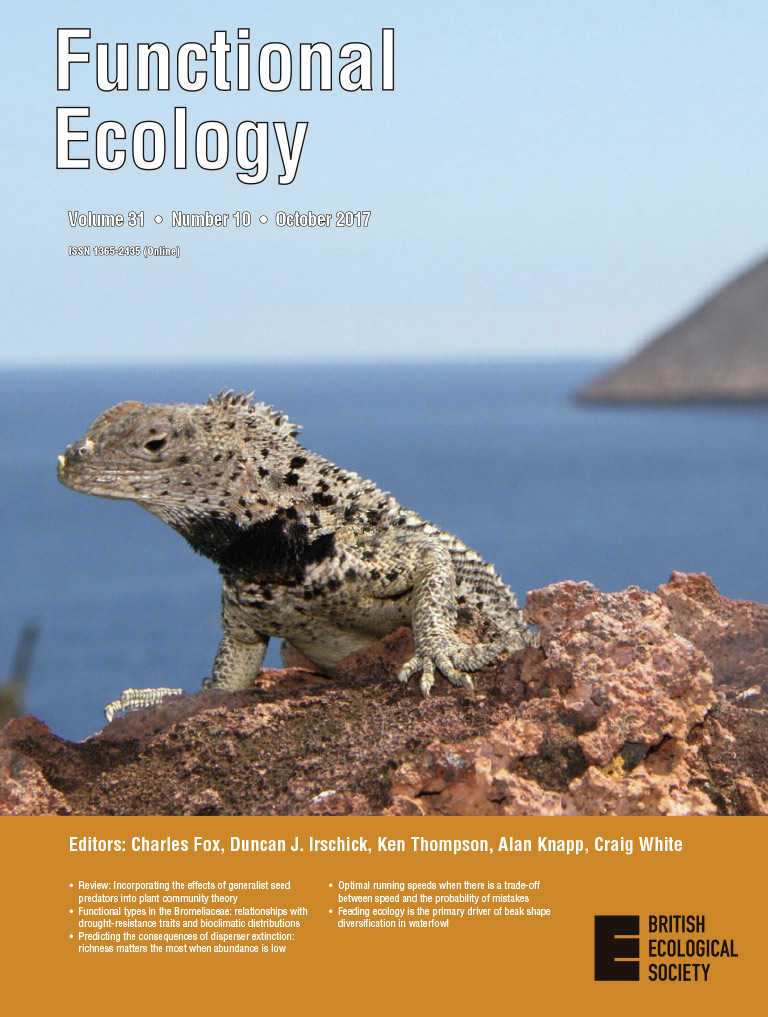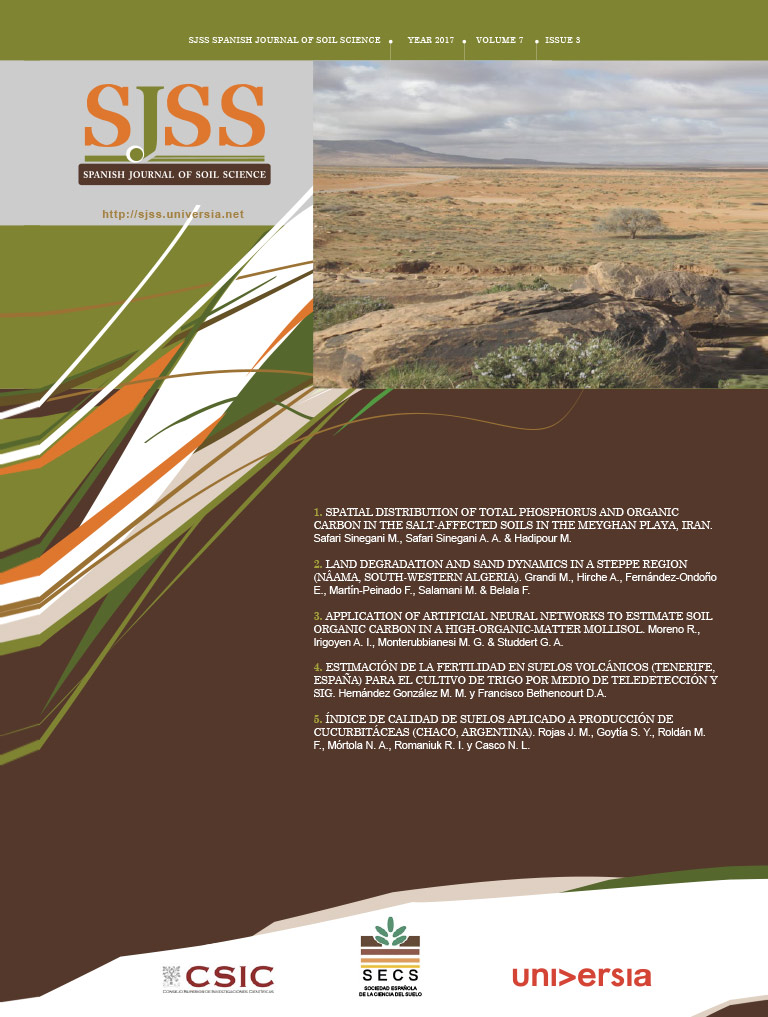Publicaciones
Esta sección incluye una lista de los últimos artículos científicos del IPNA publicados en revistas incluidas en el Science Citation Index (SCI).
En DIGITAL.CSIC, repositorio institucional del CSIC, pueden encontrar el listado completo de artículos científicos desde 1962, así como otras colecciones de interés como congresos, tesis, libros, material divulgativo, etc. del centro. El objetivo de DIGITAL.CSIC es organizar, preservar y difundir en acceso abierto los resultados de nuestra investigación.
En el repositorio institucional del CSIC, pueden encontrar el listado completo de artículos científicos, así como otras colecciones de interés como congresos, tesis, libros, material divulgativo, etc.
Análisis de la Producción Científica del IPNA 2014-2019: análisis bibliométrico realizado a partir de datos recogidos en Scopus y Web of Science.

A validated workflow for rapid taxonomic assignment and monitoring of a national fauna of bees (Apiformes) using high throughput DNA barcoding
Improved taxonomic methods are needed to quantify declining populations of insect pollinators. This study devises a high-throughput DNA barcoding protocol for a regional fauna (United Kingdom) of bees (Apiformes), consisting of reference library construction, a proof-of-concept monitoring scheme, and the deep barcoding of individuals to assess potential artefacts and organismal associations. A reference database of cytochrome oxidase c subunit 1 (cox1) sequences including 92.4% of 278 bee species known from the UK showed high congruence with morphological taxon concepts, but molecular species delimitations resulted in numerous split and (fewer) lumped entities within the Linnaean species. Double tagging permitted deep Illumina sequencing of 762 separate individuals of bees from a UK-wide survey. Extracting the target barcode from the amplicon mix required a new protocol employing read abundance and phylogenetic position, which revealed 180 molecular entities of Apiformes identifiable to species. An additional 72 entities were ascribed to nuclear pseudogenes based on patterns of read abundance and phylogenetic relatedness to the reference set. Clustering of reads revealed a range of secondary operational taxonomic units (OTUs) in almost all samples, resulting from traces of insect species caught in the same traps, organisms associated with the insects including a known mite parasite of bees, and the common detection of human DNA, besides evidence for low-level cross-contamination in pan traps and laboratory procedures. Custom scripts were generated to conduct critical steps of the bioinformatics protocol. The resources built here will greatly aid DNA-based monitoring to inform management and conservation policies for the protection of pollinators.
Creedy, Thomas J.; Norman, Hannah; Tang, Cuong Q.; Qing Chin, Kai; Andujar, Carmelo; Arribas, Paula; O'Connor, Rory S.; Carvell, Claire; Notton, David G.; Vogler, Alfred P.
Characterization of Chemical Compounds and Antioxidant Activity of Centaurea solstitialis sp. schouwii (DC.) Q. et S. (Asteraceae)
Background: The antioxidant activity and the total phenolic and flavonoid contents of the derived extracts (chloroform, ethyl acetate and n-butanol) of the 70% hydroalcoholic extract of the aerial parts of Centaurea solstitialis growing in Algeria was assessed. The active extracts were selected for phytochemical investigations.
Methods: The antioxidant capabilities of the extracts were assessed using 1, 1-diphenyl-2- picrylhydrazyl radical (DPPH•) scavenging and Cupric Ion Reducing Antioxidant Capacity (CUPRAC) assays. Butylhydroxyanisole (BHA), butylhydroxytoluene (BHT) and α –tocopherol were used as positive controls. The total phenolic content and total flavonoid content of the extracts were determined as gallic acid equivalents and quercetin equivalents, respectively. Chromatographic methods were used to isolate the secondary metabolites and spectrometric and spectroscopic methods were used to determine their chemical structures.
Results: The ethyl acetate extract exhibited the highest antioxidant activities followed by the n-butanol extract. The highest phenolic and flavonoid contents were found in the n-butanol extract. Phytochemical study of the ethyl acetate and n-butanol extracts led to the isolation of an undescribed guaianolide named 3-(4-hydroxybenzoyl)-cynaratriol and a known sesquiterpene lactone along with three known flavonoid glycosides. Their structures were established by spectral analyzes mainly high resolution electrospray ionisation mass spectrometry (HR-ESIMS) and 1D and 2D nuclear magnetic resonance experiments.
Conclusion: The extracts of aerial parts of C. solstitialis showed significant antioxidant activities. An undescribed sesquiterpene lactone and four known secondary metabolites were isolated from the most active extracts.
Aliouche, Lamia; Mosset, Paul; León, Francisco; Brouard, Ignacio; Benayache, Samir; Djamel, Sarri; Benayache, Fadila
The phylogeny of leaf beetles (Chrysomelidae) inferred from mitochondrial genomes
The high-level classification of Chrysomelidae (leaf beetles) currently recognizes 12 or 13 well-established subfamilies, but the phylogenetic relationships among them remain ambiguous. Full mitochondrial genomes were newly generated for 27 taxa and combined with existing GenBank data to provide a dataset of 108 mitochondrial genomes covering all subfamilies. Phylogenetic analysis under maximum likelihood and Bayesian inference recovered the monophyly of all subfamilies, except that Timarcha was split from Chrysomelinae in some analyses. Three previously recognized major clades of Chrysomelidae were broadly supported: the ‘chrysomeline’ clade consisting of (Chrysomelinae (Galerucinae + Alticinae)); the ‘sagrine’ clade with internal relationships of ((Bruchinae + Sagrinae) + (Criocerinae + Donaciinae)), and the ‘eumolpine’ clade comprising (Spilopyrinae (Cassidinae (Eumolpinae (Cryptocephalinae + Lamprosomatinae)))). Relationships among these clades differed between data treatments and phylogenetic algorithms, and were complicated by two additional deep lineages, Timarcha and Synetinae. Various topological tests favoured the PhyloBayes software as the preferred inference method, resulting in the arrangement of (chrysomelines (eumolpines + sagrines)), with Timarcha placed as sister to the chrysomeline clade and Synetinae as a deep lineage splitting near the base. Whereas mitogenomes provide a solid framework for the phylogeny of Chrysomelidae, the basal relationships do not agree with the topology of existing molecular studies and remain one of the most difficult problems of Chrysomelidae phylogenetics.
Nie, Rui-e; Andújar, Carmelo ; Gómez-Rodríguez, Carola ; Bai, Ming; Xue, Huai-Jun; Tang, Min; Yang, Chen-Tao.; Tang, Pu; Yang, Xing-Ke; Vogler, Alfried P.
Biopolymer/Glycopolypeptide-Blended Scaffolds: Synthesis, Characterization and Cellular Interactions
Three-dimensional (3D) scaffolds formed from natural biopolymers gelatin and chitosan that are chemically modified by galactose have shown improved hepatocyte adhesion, spheroid geometry and functions of the hepatocytes. Galactose specifically binds to the hepatocytes via the asialoglycoprotein receptor (ASGPR) and an increase in galactose density further improves the hepatocyte proliferation and functions. In this work, we aimed to increase the galactose density within the biopolymeric scaffold by physically blending the biopolymers chitosan and gelatin with an amphiphlic β-galactose polypeptide (PPO-GP). PPO-GP, is a di-block copolymer with PPO and β-galactose polypeptide, exhibits lower critical solution temperature and is entrapped within the scaffold through hydrophobic interactions. The uniform distribution of PPO-GP within the scaffold was confirmed by fluorescence microscopy. SEM and mechanical testing of the hybrid scaffolds indicated pore size, inter connectivity and compression modulus similar to the scaffolds made from 100 % biopolymer. The presence of the PPO-GP on the surface of the scaffold was tested monitoring the interaction of an analogous mannose containing PPO-GP scaffold and the mannose binding lectin Con-A. In vitro cell culture experiments with HepG2 cells were performed on GLN-GP and CTS-GP and their cellular response was compared with GLN and CTS scaffolds for a period of seven days. Within three days of culture the Hep G2 cells formed multicellular spheroids on GLN-GP and CTS-GP more efficiently than on the GLN and CTS scaffolds. The multicellular spheroids were also found to infiltrate more in GLN-GP and CTS-GP scaffolds and able to maintain their round morphology as observed by live/dead and SEM imaging.
Dhaware, Vinita; Díaz Díaz, David ; Sen Gupta, Sayem
Heritage in danger. The collapse of commercial archaeology in Spain
As in most European countries and elsewhere, Spanish commercial archaeology is a business model based on the theoretical and technical principles of safeguarding heritage that thrived during the 1990s and 2000s. However, nearly half of the Spanish archaeological companies closed by 2014, stressing the drama associated with the redundancy of its workforce in a mere five-year period and the threat to heritage protection and management. The current context of global crisis has impacted this sector, which is on the brink of extinction. This emphasizes the need for a new paradigm of archaeological heritage management in the 21st century. This breakdown calls into question the extent to which archaeology can generate initiatives of sustainable heritage management. By analysing data derived from an empirical study of Spanish archaeological companies between 2009 and 2017, this paper explores the underlying factors behind the collapse of commercial archaeology. In doing so, it contributes to the current global debate about the future possibilities of heritage management in a post-industrial context.
Parga Dans, Eva
Unifying macroecology and macroevolution to answer fundamental questions about biodiversity
The study of biodiversity started as a single unified field that spanned both ecology and evolution and both macro and micro phenomena. But over the 20th century, major trends drove ecology and evolution apart and pushed an emphasis towards the micro perspective in both disciplines. Macroecology and macroevolution re-emerged as self-consciously distinct fields in the 1970s and 1980s, but they remain largely separated from each other. Here, we argue that despite the challenges, it is worth working to combine macroecology and macroevolution. We present 25 fundamental questions about biodiversity that are answerable only with a mixture of the views and tools of both macroecology and macroevolution.
McGill, Brian J.; Chase, Jonathan M.; Hortal, Joaquín ; Overcast, Isaac; Rominger, Andrew J.; Rosindell, James; Borges, Paulo A.V.; Emerson, Brent C.; Etienne, Rampal; Hickerson, Michael J.; Mahler, D.Luke; Massol, Francois; McGaughran, Angela; Neves, Pedro; Parent, Christine; Patiño, Jairo; Ruffley, Megan; Wagner, Catherine E.; Gillespie, Rosemary
Catalytic Hydrocyanation of Activated Terminal Alkynes
A universal, practical and scalable organocatalytic hydrocyanation manifold to provide ß¿substituted acrylonitriles bearing an electron¿withdrawing functionality has been implemented. The catalytic manifold operates under the reactivity generation principle ¿a good nucleophile generates a strong base¿, and it uses 1,4¿diazabicyclo[2.2.2]octane (DABCO) as the catalyst, activated terminal alkynes as substrates and acetone cyanohydrin as the cyanide source. The acrylonitriles obtained as E,Z mixtures are straightforwardly resolved by simple flash chromatography delivering the pure isomers in preparative amounts.
Tejedor, David ; Delgado-Hernández, Samuel; Colella, Lucía; García-Tellado, Fernando
Niosomes encapsulated in biohydrogels for tunable delivery of phytoalexin resveratrol
A series of biohydrogels based on mixtures of kappa-carrageenan (κ-carrageenan, κ-C) and gelatin were evaluated as potential soft delivery vehicles for the encapsulation and subsequent release of non-ionic surfactant vesicles (niosomes) loaded with resveratrol (RSV). The niosomes were prepared using a mixture of amphiphilic lipids Tween 80 and Span 80 in water. The results showed that RSV-niosomes did not significantly affect the hydrogelation properties of the biopolymer mixture. Moreover, in vitro drug release experiments from biohydrogels containing RSV-niosomes were successfully carried out under simulated gastrointestinal conditions. The RSV-niosomal liberation profiles from hydrogels were fitted using first order kinetics, Higuchi, Korsmeyer-Peppas and Weibull drug release models, showing the prevalence of diffusion mechanisms in each case. In addition, the RSV release was easily tuned by adjusting the total concentration of κ-C : gelatin. Interestingly, the niosomal-hydrogel system was also found to prevent the trans-to-cis photoisomerization of RSV.
Machado, Noelia D.; Fernández, Mariana A.; Häring, Marleen; Saldías, César; Díaz Díaz, David
Do mosses really exhibit so large distribution ranges? Insights from the integrative taxonomic study of the Lewinskya affinis complex (Orthotrichaceae, Bryopsida)
The strikingly lower number of bryophyte species, and in particular of endemic species, and their larger distribution ranges in comparison with angiosperms, have traditionally been interpreted in terms of their low diversification rates associated with a high long-distance dispersal capacity. This hypothesis is tested here with Lewinskya affinis (≡ Orthotrichum affine), a moss species widely spread across Europe, North and East Africa, southwestern Asia, and western North America. We tested competing taxonomic hypotheses derived from separate and combined analyses of multilocus sequence data, morphological characters, and geographical distributions. The best hypothesis, selected by a Bayes factor molecular delimitation analysis, established that L. affinis is a complex of no less than seven distinct species, including L. affinis s.str., L. fastigiata and L. leptocarpa, which were previously reduced into synonymy with L. affinis, and four new species. Discriminant analyses indicated that each of the seven species within L. affinis s.l. can be morphologically identified with a minimal error rate. None of these species exhibit a trans-oceanic range, suggesting that the broad distributions typically exhibited by moss species largely result from a taxonomic artefact. The presence of three sibling western North American species on the one hand, and four Old World sibling species on the other, suggests that there is a tendency for within-continent diversification rather than recurrent dispersal following speciation. The faster rate of diversification as compared to intercontinental migration reported here is in sharp contrast with earlier views of bryophyte species with wide ranges and low speciation rates.
Vigalondo, B.; Garilleti, R.; Vanderpoorten, A.; Patiño, Jairo; Draper, I.; Calleja, J.A.; Mazimpaka, V.; Lara, F.
A topoclimate model for Quaternary insular speciation
[Aim]: Understanding the drivers of speciation within islands is key to explain the high levels of invertebrate diversification and endemism often observed within islands. Here, we propose an insular topoclimate model for Quaternary diversification (ITQD), and test the general prediction that, within a radially eroded conical island, glacial climate conditions facilitate the divergence of populations within species across valleys. [Location]: Gran Canaria, Canary Islands. [Taxon]: The Laparocerus tessellatus beetle species complex (Coleoptera, Curculionidae). [Methods]: We characterize individual-level genomic relationships using single nucleotide polymorphisms produced by double-digest restriction site associated DNA sequencing (ddRAD-seq). A range of parameter values were explored in order to filter our data. We assess individual relatedness, species boundaries, demographic history and spatial patterns of connectivity. [Results]: The total number of ddRAD-seq loci per sample ranges from 4,576 to 512, with 11.12% and 4.84% of missing data respectively, depending on the filtering parameter combination. We consistently infer four genetically distinct ancestral populations and two presumed cases of admixture, one of which is largely restricted to high altitudes. Bayes factor delimitation support the hypothesis of four species, which is consistent with the four inferred ancestral gene pools. Landscape resistance analyses identified genomic relatedness among individuals in two out of the four inferred species to be best explained by annual precipitation during the last glacial maximum rather than geographic distance. [Main conclusions]: Our data reveal a complex speciation history involving population isolation and admixture, with broad support for the ITQD model here proposed. We suggest that further studies are needed to test the generality of our model, and enrich our understanding of the evolutionary process in island invertebrates. Our results demonstrate the power of ddRAD-seq data to provide a detailed understanding of the temporal and spatial dynamics of insular biodiversity.
García-Olivares, Victor; Patiño, Jairo; Overcast, Isaac; Salces-Castellano, Antonia; López de Heredia, Unai; Mora-Márquez, Fernando; Machado, Antonio; Hickerson, Michael J.; Emerson, Brent C.
